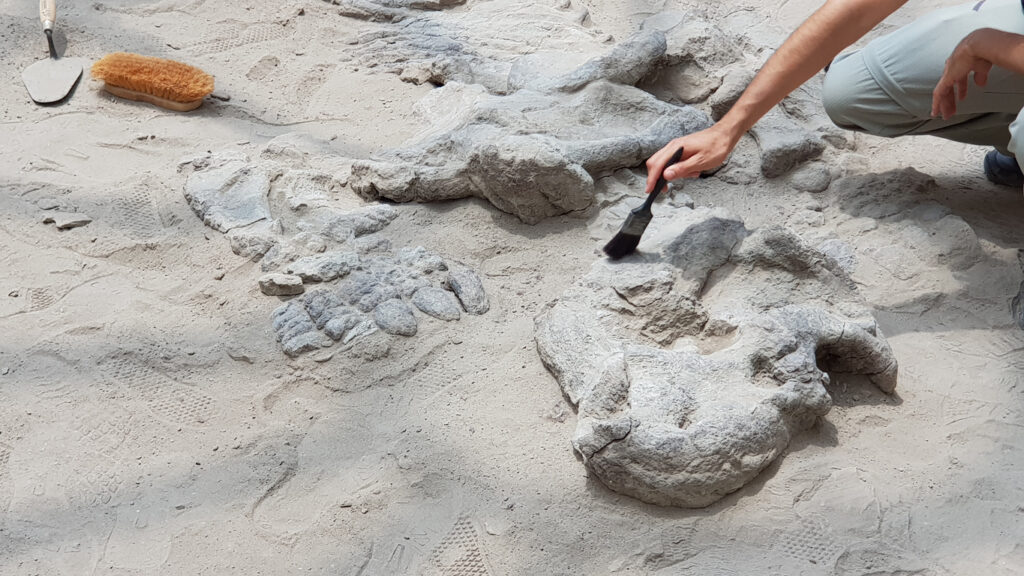When I began writing again after a break of at least a decade, I turned to Jane Friedman’s How to Publish Your Book, produced by The Great Courses. In time, I subscribed to Jane’s blog. This past week she quoted a filmmaker who emphasised that when climbing a mountain don’t look at the peak, look at the ground in front of you and just keep trekking. Clearly, this is a metaphor for the (novel) writing process.
With my current WIP, The Fair Incognito, at 83,000 words, I am approaching the end of a first rough draft—the peak, as they say. As a writer I subscribe to the idea of plotting à la Syd Field as he wrote in his definitive book Screenplay (three acts, two plot points, etc.), not that it differs much from what Aristotle laid out in Poetics. But I also buy into what Stephen King described in On Writing. He apparently “excavates” his story—the whole “dinosaur” one prehistoric metacarpal at a time.
So I do plot, but I also jump in—I excavate. For The Fair Incognito, I dove in with the following scene (reduced for this blog), and it still remains a toehold. A toehold is just a scene that comes most visibly to mind, not necessarily the start of the book. I thought you might enjoy a look at the beginning of “the dig”, or at least the first step (bit of work) on that 83,000-word climb.
Unlucky this time, Jean-Jacques brushed the earth from the infant’s hair and face with the back of his hand. Rather than being neatly laid out, still in her christening gown, she’d already been buried. Still moist, the dirt stuck in places, around the nose, the eyes and in the intricate trimmings of her lace bonnet. The casket, which only hours before seemed so solid, now floated above a spongy sea, the Gulf of Mexico, always slowly churning; a salty marsh, reclaiming land from New Orleans and literally raising the dead.
Of the essence, time forbade wasting. Who knew what this child died from—cholera, smallpox, malaria? Most probably it would be the dreaded yellow fever, the infectious Bronze John that Jean-Jacques knew well, had seen as a boy in Ayiti; that still haunted his dreams. Emblematic of New Orleans, the thick throng of walking, talking, yellow people, along with the rough seamen that reminded him of the Kapitènn, his own father, who bought and sold women as easily as a parrot might be exchanged in the market, the disease weighed heavily on Jean-Jacques. Whispers that rather than his birth causing his mother’s death, this fever, which could turn a white child a metallic yellow-brown, blown in from Africa with the enslaved, caused her death, or so it seemed.
Every commission proved different. Some wanted the death portrait drawn from a miniature painted years before or maybe merely a sketch from a parent’s grieving memory. Those assignments were the easy ones, but most wanted their departed unearthed, hoping that perhaps this act somehow would bring them back to life, back into being, as if in fact Jean-Jacques was none other than Jezi Kri, able to turn water into wine, death into life, resurrection for the deceased.
Love,
Photo by jose luis pitura | iStock
